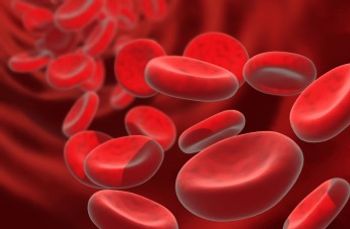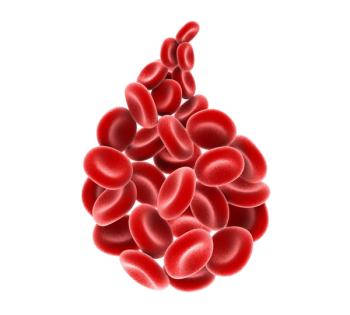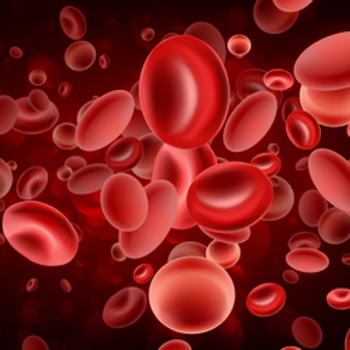
Oncology Peer Review On-The-Go: Emerging and Existing Treatment Regimens for Transplant-Ineligible DLBCL
For the “Oncology Peer Review On-The-Go” podcast, CancerNetwork® sat down with Gilles Salles, MD, to discuss different treatment regimens for transplant-ineligible DLBCL in this special edition episode.
In this special episode of the “Oncology Peer Review On-The-Go” podcast, CancerNetwork® spoke with Gilles Salles, MD, PhD, Chief of the Lymphoma Service at Memorial Sloan Kettering Cancer Center in New York, about recently approved and emerging treatment regimens for transplant-ineligible diffuse large B-cell lymphoma (DLBCL).
Salles discussed some of the available treatment options including tafasitamab (Monjuvi), chimeric antigen receptor T-cell therapies, selinexor (Xpovio), and antibody-drug conjugates. He also looked ahead at some of the upcoming research on the horizon, including the B-MIND trial (NCT02763319) investigating tafasitamab or rituximab (Rituxan) plus bendamustine.
Don’t forget to subscribe to the Oncology Peer Review On-The-Go podcast on Apple Podcasts, Spotify, or anywhere podcasts are available.
Newsletter
Stay up to date on recent advances in the multidisciplinary approach to cancer.


















































































